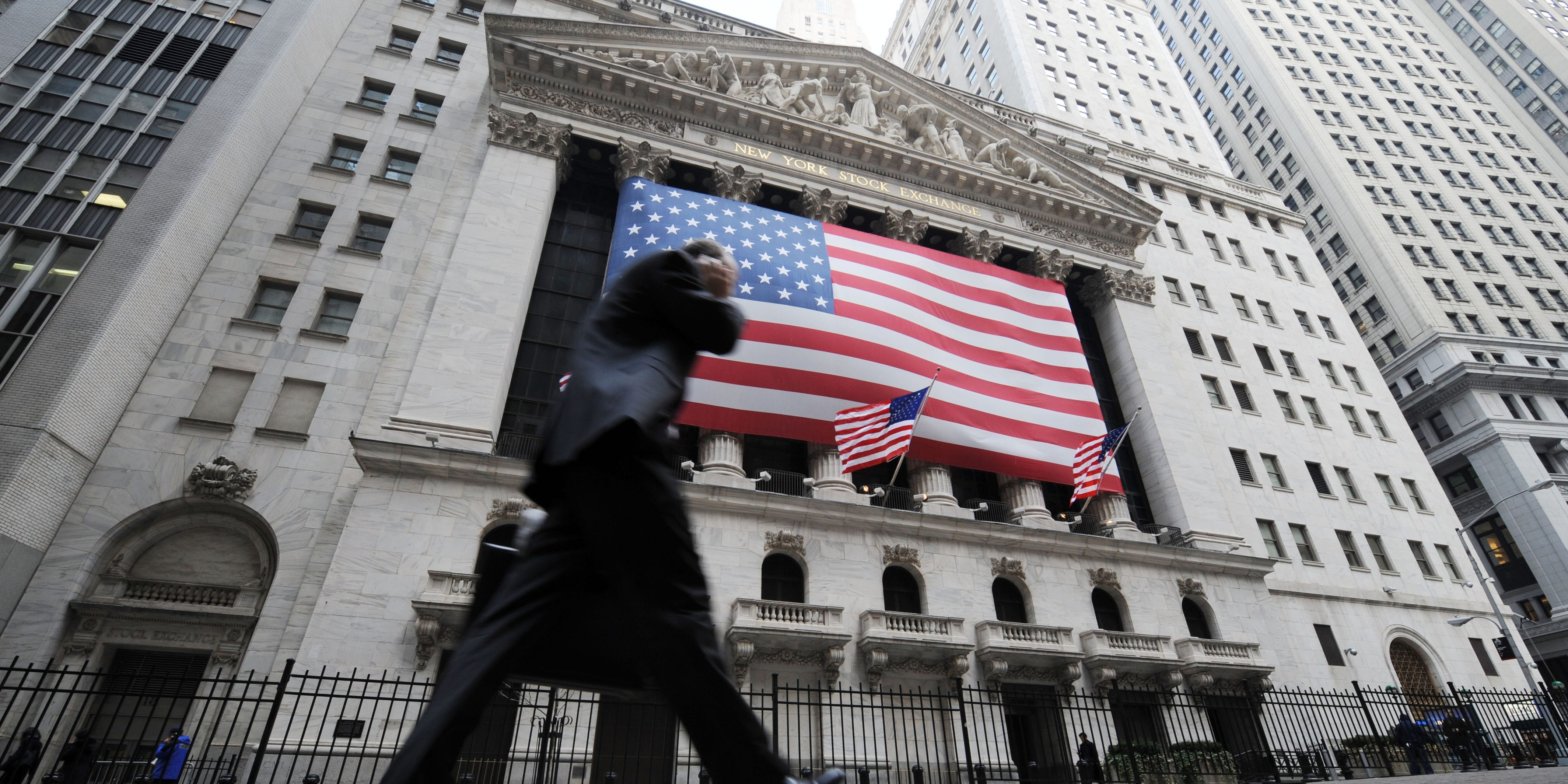Stocks have further downside potential, Bank of America strategists said. That’s because a recession and credit event could be in store before the Fed eases monetary policy. Bond yields are soaring as markets adjust to the outlook of higher-for-longer interest rates. Loading Something is loading.
Thanks for signing up!
Access your favorite topics in a personalized feed while you’re on the go.
Stocks could have more room to fall, as investors face a possible recession and a credit event before the US central bank pulls back on its restrictive monetary policy, according to Bank of America strategists.
“Still bearish [on] risk asset,” a team of strategists led by Michael Hartnett wrote in a note on Friday.
“Higher-for-longer = hard landing,” the bank’s strategists warned. “Impatiently waiting for capitulation selling + recession/credit event to trigger bullish policy easing and trigger big rally & assets that have already discounted recession,” they added.
In other words, the bank sees more turbulence ahead before stock market investors get their long-awaited dovish pivot from the Fed.
Central bankers chose to keep interest rates level at their September policy meeting, but Fed Chair Jerome Powell signaled that rates would remain higher for longer, sending bond yields soaring and investors panicking.
Rates are the highest they’ve been since 2001, which contributed to stocks finishing off September with the worst monthly losses so far this year. Bond yields have, meanwhile, just notched their highest level since 2007, trading around 4.8% on Friday.
Higher-for-longer interest rates spell trouble for the overall economy, as they raise the risk of a recession. The New York Fed is now pricing in a 56% chance the US could tip into recession by September of next year. Meanwhile, fund managers see a credit event as one of the top risks to the market, Bank of America found in a recent survey.
Bonds are likely now in the “oversold” territory, the bank said, which has typically foreshadowed previous market upheavals, including the 1987 stock market crash, the bursting of the dot-com bubble, and the 2021 “pop” in the crypto sector.
